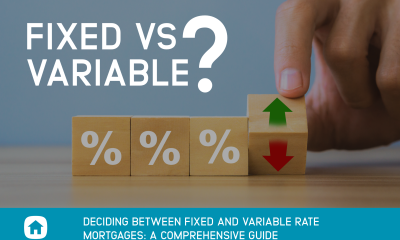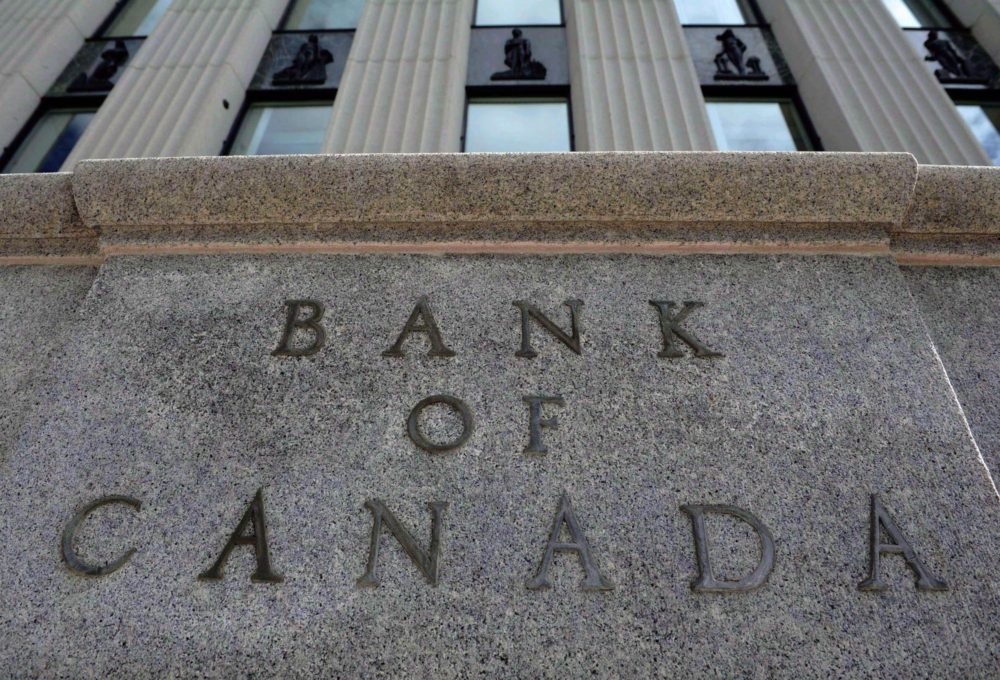New Mortgage Rules that May Change Your Home Buying Options
The Bank of Canada has introduced multiple interest rate hikes in the last year, with experts predicting more to come – and when Bank of Canada’s rates rise, so do those of lending institutions across the country.
But the interest rate on your mortgage isn’t the only factor that could affect your decision to buy, or the price ceiling you set for yourself. Since 2008, federal and provincial levels of government have been tightening mortgage and housing legislation in an attempt to reduce household debt and, with Ontario Fair Housing Plan and the new mortgage rules announced late last year, there are a number of changes to be aware of.
Some of these changes, like the 15% Non-Resident Speculation tax on foreign buyers, have been designed to help tame the frenzied housing markets of recent years, but may not have a much direct impact on the average buyer (aside from lowering average sale prices).
Other changes, though, could alter your ability to be approved for a mortgage, your options for getting the type of loan you want, or even your decision to enter the market in the first place.
The majority of these updates have been in effect for a few months, but with a prime home-buying season in full swing, it’s important to be clear on what exactly you’re facing as a buyer.
The Interest Rate Stress Test
First, a little background: it used to be that the interest rate stress test and similar requirements were placed only on buyers with less than a 20% down payment. With a mortgage covering 80% of the cost of your home, you are considered to have a low loan-to-value (LTV) ratio. This means that the amount you’re borrowing (the loan), relative to the price of the home (the value), is fairly low.
With a low LTV ratio, you carry less risk in the eyes of the lender and are exempt from a number of provisions that apply to those with smaller down payments (and higher LTV ratios).
But January 1st of this year ushered in a new requirement from the Office of the Superintendent of Financial Institutions (OSFI), stating that even those with down payments of 20% or more were required to pass the stress test.
So what is it? The central component of the test is to determine whether you could continue to afford your home if interest rates increased. When you apply for a mortgage with a Canadian financial institution, you have to prove that you can afford the mortgage payments not only at the current rate of interest but with the higher of two alternatives: The Bank of Canada’s five-year benchmark rate (typically between 4% and 5%) and your contractual rate plus 2%.
If that higher rate pushes you past the threshold for sustainable debt, you fail the test. And if you fail, you don’t get approved – period.
In other words, even if you can reach a 20% down payment, and you meet the requirements for the mortgage in all respects including the current interest rate, you can still fail to qualify.
Current studies are showing that nearly one in five borrowers wouldn’t pass the test, which is already leading many potential buyers to reduce their house budget by about 20% or to postpone buying altogether. Here’s an example of how this could shift your numbers:
At the end of 2017, the average new home in Canada cost $496,500. With 20% down and a five-year fixed-rate mortgage at 2.94%, your monthly payment would be $1,868. If you were applying for a mortgage last year, you’d have to prove that you could afford that $1,868 on a monthly basis.
If you were to apply today, however, you’d have to prove you could afford the same house with a 5.14% interest rate. This would drive your monthly payments up to $2,342, a difference of almost $500 a month.
If you aren’t taking this stress test into account when determining your target home price range, you could end up trying to purchase a house that the bank won’t finance. So what do you do?
Use the higher rate when calculating mortgage payments for the homes you’re considering. Building in an affordability buffer is an important part of determining the suitability of any potential new home, to help ensure that you will not struggle with payments in the event interest rates rise or other costs emerge. Any good mortgage broker will work with you to determine an appropriate buffer — but thanks to this new provision, this is no longer a decision you have to make for yourself.
Enhanced LTV Ratio Limits for Financial Institutions
The big banks are now held to more stringent risk management guidelines around loan-to-value ratios,
although mortgage brokers are not. As mentioned previously, the higher the LTV ratio, the more
perceived risk from the perspective of the lending institution.
These lenders are now required to implement internal risk management protocols in higher priced
markets, including Vancouver and Toronto. This is intended to make risk mitigation more dynamic and
adaptive to local market conditions, but it could result in banks taking a harder line with not only with new mortgages but also with those who are looking to refinance.
Under these restrictions, you must build up at least 20% equity in the current value of your home in order to refinance your mortgage — and if you don’t want to pay a substantial penalty, you’ll need to refinance when your mortgage comes up for renewal. Let’s look at an example of how challenging it can be to reach this point by the 5-year mark if you’re in a housing market that’s cooling.
Let’s say you buy a house for $500,000, and you put 5% down. This leaves you with a mortgage of about $475,000, plus mortgage insurance. Your LTV ratio is 95% because the amount you owe is 95% of the current value of the property. During the first five years, you own the house, the market cools to the point where appreciation drops from 5% per year to around 1% per year.
This means that when it comes time for renewal at the end of that 5-year period, your home is worth about $525,505. You’ve been making your monthly payments consistently, bringing your mortgage loan down to about $425,000 — but this still only brings your LTV ratio to about 81%.
It can still be difficult to reach that 80% threshold after five years, even if the value of your home isn’t declining. For this reason, home buyers are thinking very carefully about whom they’re choosing as their mortgage lender because they could be locked into that relationship for 10 years before they’re in a position to refinance or switch to a different lender.
Conclusion
Now that these waves of housing and mortgage legislation are reaching virtually everyone in the market for a mortgage, rather than only those deemed to be high risk, it matters more than ever to evaluate your options and find a reasonable interest rate. After all, starting with a low rate will help lessen the impact of the stress test and risk assessment practices.
Combined with the fact that alternative lending institutions are not required to comply with OSFI guidelines, many home buyers are finding more reasons to consider options outside of the big banks.

 Buying a Home5 years ago
Buying a Home5 years ago
 Credit6 years ago
Credit6 years ago
 Business4 years ago
Business4 years ago
 5 Mortgage Secrets7 years ago
5 Mortgage Secrets7 years ago
 Buying a Home6 years ago
Buying a Home6 years ago
 5 Mortgage Secrets6 years ago
5 Mortgage Secrets6 years ago
 News12 months ago
News12 months ago
 Business4 years ago
Business4 years ago





